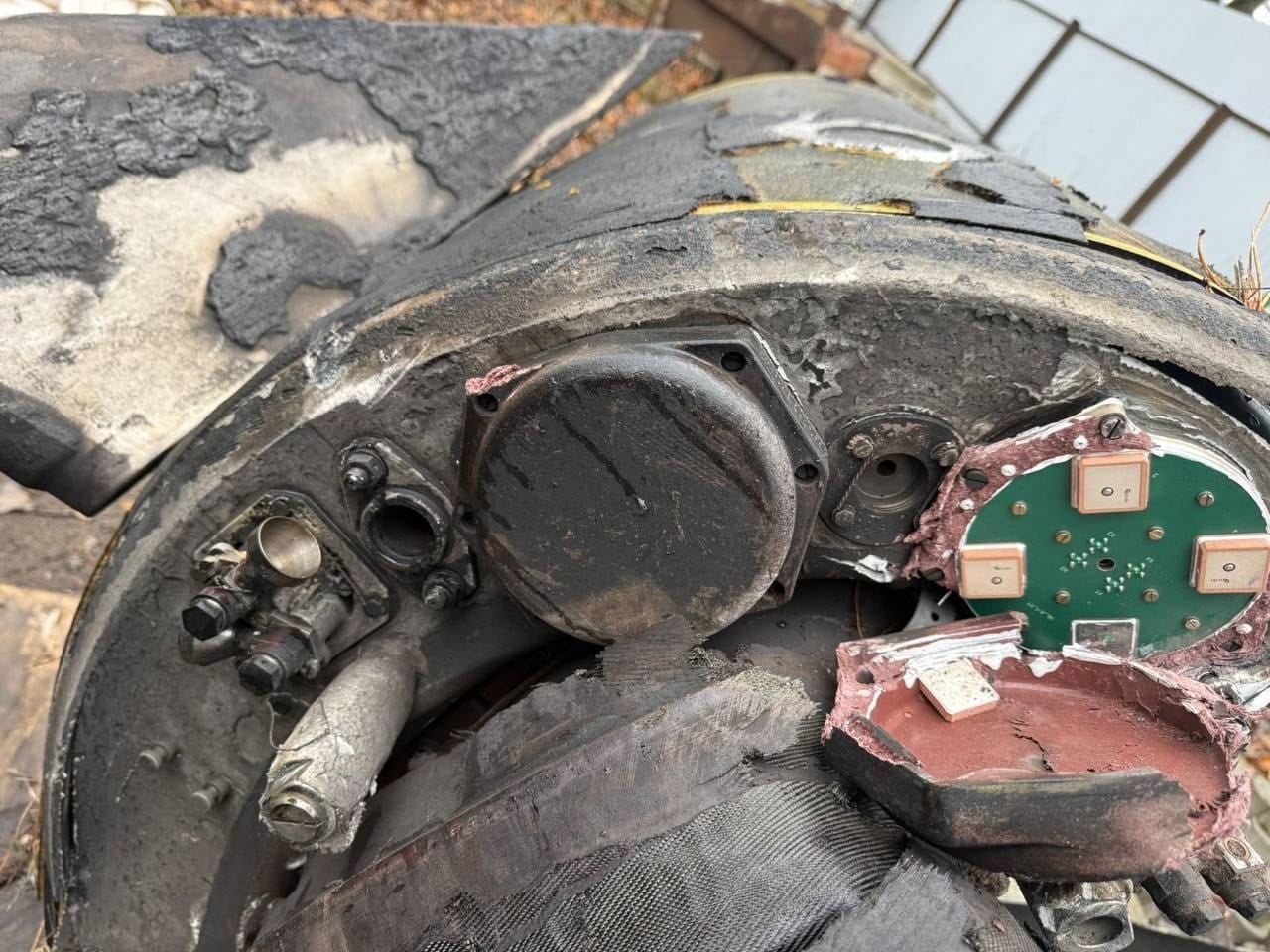The Ukrainian Army is knocking a once-hyped Russian superweapon out of the sky by jamming it with a song and tricking it into thinking it’s in Lima, Peru. The Kremlin once called its Kh-47M2 Kinzhal ballistic missiles “invincible.” Joe Biden said the missile was “almost impossible to stop.” Now Ukrainian electronic warfare experts say they can counter the Kinzhal with some music and a re-direction order.
As winter begins in Ukraine, Russia has ramped up attacks on power and water infrastructure using the hypersonic Kinzhal missile. Russia has come to rely on massive long-range barrages that include drones and missiles. An overnight attack in early October included 496 drones and 53 missiles, including the Kinzhal. Another attack at the end of October involved more than 700 mixed missiles and drones, according to the Ukrainian Air Force.
“Only one type of system in Ukraine was able to intercept those kinds of missiles. It was the Patriot system, which the United States provided to Ukraine. But, because of the limits of those systems and the shortage of ammunition, Ukraine defense are unable to intercept most of those Kijnhals,” a member of Night Watch—a Ukrainian electronic warfare team—told 404 Media. The representative from Night Watch spoke to me on the condition of anonymity to discuss war tactics.
Kinzhals and other guided munitions navigate by communicating with Russian satellites that are part of the GLONASS system, a GPS-style navigation network. Night Watch uses a jamming system called Lima EW to generate a disruption field that prevents anything in the area from communicating with a satellite. Many traditional jamming systems work by blasting receivers on munitions and aircraft with radio noise. Lima does that, but also sends along a digital signal and spoofs navigation signals. It “hacks” the receiver it's communicating with to throw it off course.
Night Watch shared pictures of the downed Kinzhals with 404 Media that showed a missile with a controlled reception pattern antenna (CRPA), an active antenna that’s meant to resist jamming and spoofing. “We discovered that this missile had pretty old type of technology,” Night Watch said. “They had the same type of receivers as old Soviet missiles used to have. So there is nothing special, there is nothing new in those types of missiles.”
Night Watch told 404 Media that it used this Lima to take down 19 Kinzhals in the past two weeks. First, it replaces the missile’s satellite navigation signals with the Ukrainian song “Our Father Is Bandera.”

Any digital noise or random signal would work to jam the navigation system, but Night Watch wanted to use the song because they think it’s funny. “We just send a song…we just make it into binary code, you know, like 010101, and just send it to the Russian navigation system,” Night Watch said. “It’s just kind of a joke. [Bandera] is a Ukrainian nationalist and Russia tries to use this person in their propaganda to say all Ukrainians are Nazis. They always try to scare the Russian people that Ukrainians are, culturally, all the same as Bandera.”
Once the song hits, Night Watch uses Lima to spoof a navigation signal to the missiles and make them think they’re in Lima, Peru. Once the missile’s confused about its location, it attempts to change direction. These missiles are fast—launched from a MiG-31 they can hit speeds of up to Mach 5.7 or more than 4,000 miles per hour—and an object moving that fast doesn’t fare well with sudden changes of direction.
“The airframe cannot withstand the excessive stress and the missile naturally fails,” Night Watch said. “When the Kinzhal missile tried to quickly change navigation, the fuselage of this missile was unable to handle the speed…and, yeah., it was just cut into two parts…the biggest advantage of those missiles, speed, was used against them. So that’s why we have intercepted 19 missiles for the last two weeks.”

Night Watch told 404 Media that Russia is attempting to defeat the Lima system by loading the missiles with more of the old tech. The goal seems to be to use the different receivers to hop frequencies and avoid Lima’s signal.
“What is Russia trying to do? Increase the amount of receivers on those missiles. They used to have eight receivers and right now they increase it up to 12, but it will not help,” Night Watch said. “The last one we intercepted, they already used 16 receivers. It’s pretty useless, that type of modification.”
According to Night Watch, countering Lima by increasing the number of receivers on the missile is a profound misunderstanding of its tech. “They think we make the attack on each receiver and as soon as one receiver attacks, they try to swap in another receiver and get a signal from another satellite. But when the missile enters the range of our system, we cover all types of receivers,” they said. “It’s physically impossible to connect with another satellite, but they think that it’s possible. That’s why they started with four receivers and right now it’s 16. I guess in the future we’ll see 24, but it’s pretty useless.”
